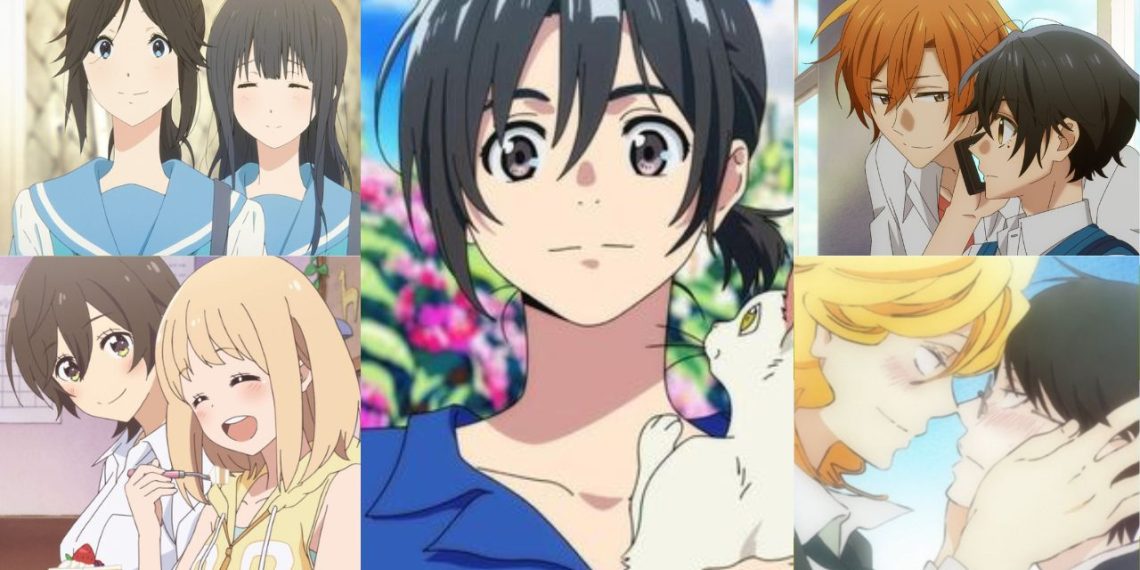Finding anime that positively depicts LGBTQ+ relationships has historically been challenging despite the presence of LGBTQ+ characters.
Recently, however, there has been a noticeable shift towards more wholesome portrayals of same-sex couples in anime, reflecting changing attitudes and reducing stigma around LGBTQ+ relationships.
Despite this progress, representation of genderqueer characters and love stories remains limited in anime, though there are signs of gradual change.
We’ve curated a selection of anime shows and movies that embrace LGBTQ+ relationships in a positive and respectful manner.
This collection aims to highlight the diversity and richness of LGBTQ+ characters and stories in anime, offering viewers an opportunity to enjoy and appreciate these inclusive stories during this celebratory month.
1) Stars Align
Stars Align, a 2019 sports anime, centers on a middle school soft tennis club dealing with various personal challenges and their relationships.
Directed by Kazuki Akane, the series stands out for its portrayal of characters facing real-life issues alongside sports themes.
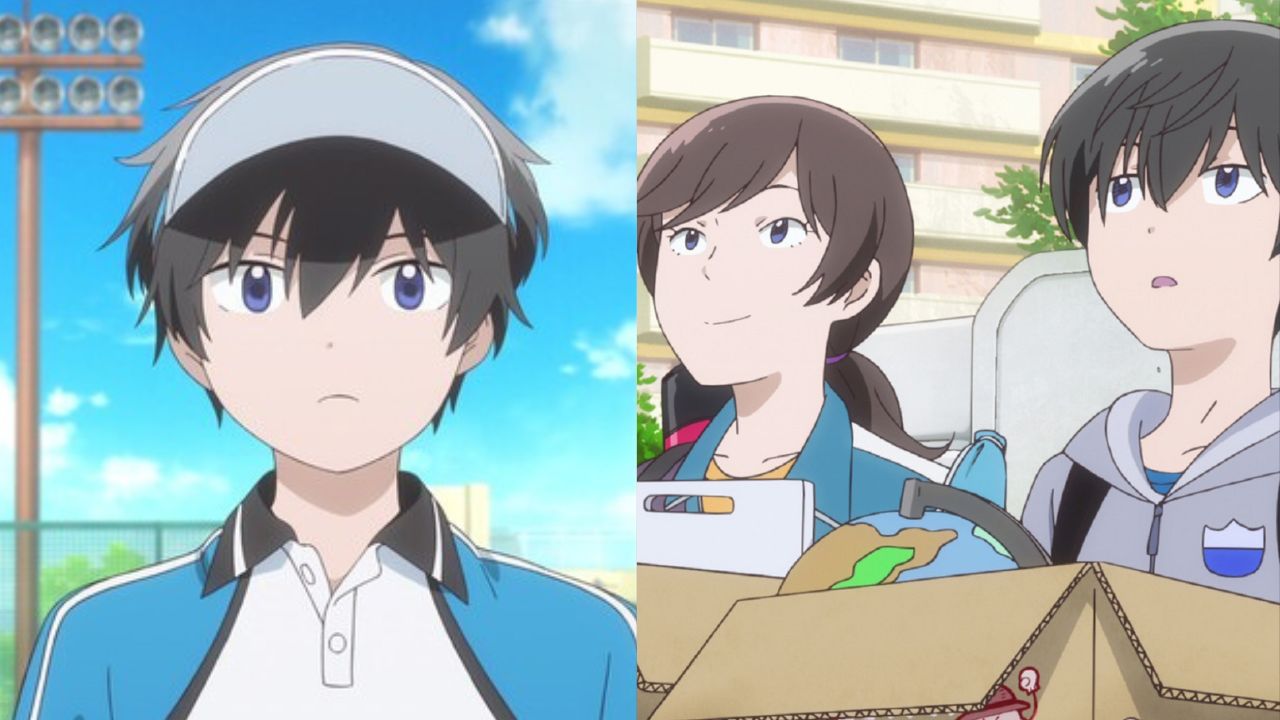
Notably, it includes a gender-non-conforming character treated respectfully within the storyline.
Despite its sports backdrop, Stars Align offers a light-hearted viewing experience, making it a recommended choice for audiences seeking engaging and inclusive anime.
2) Kase-san and the Morning
Kase-san and the Morning Glories, adapted from Hiromi Takashima’s Yuri manga, tells the heartwarming story of Yui Yamada, a shy member of her school’s gardening club, and Tomoka Kase, her athletic and tomboyish senior.
The anime beautifully portrays their blossoming romance as they explore the challenges that come with falling in love.
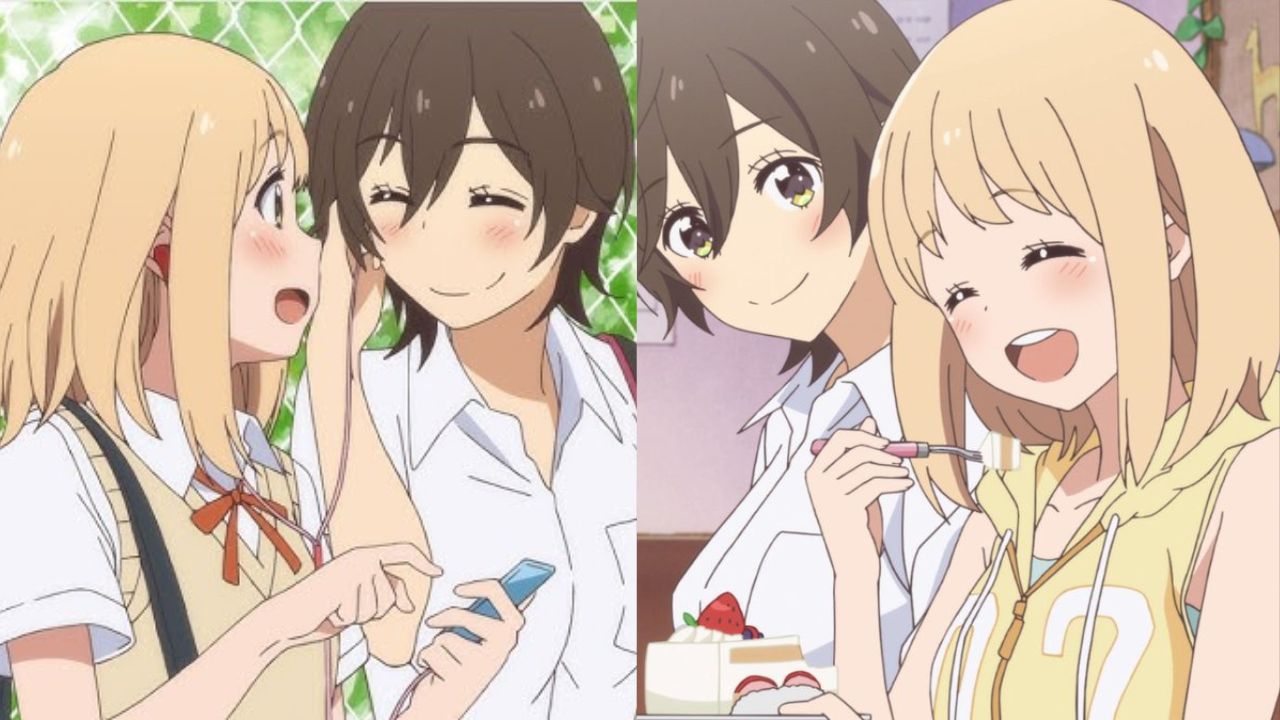
Ideal for viewers seeking a lighthearted Yuri anime, Kase-san and the Morning Glories capture the sweetness and complexity of their relationship amidst the backdrop of school life and gardening activities.
3) Cherry Magic! Thirty Years of Virginity Can Make You a Wizard?!
Cherry Magic, based on Yuu Toyota’s manga and adapted into both anime and live-action formats, offers a delightful blend of comedy and romance.
The story revolves around Adachi, a 30-year-old office worker who unexpectedly gains the ability to read minds after remaining a virgin into his thirties.
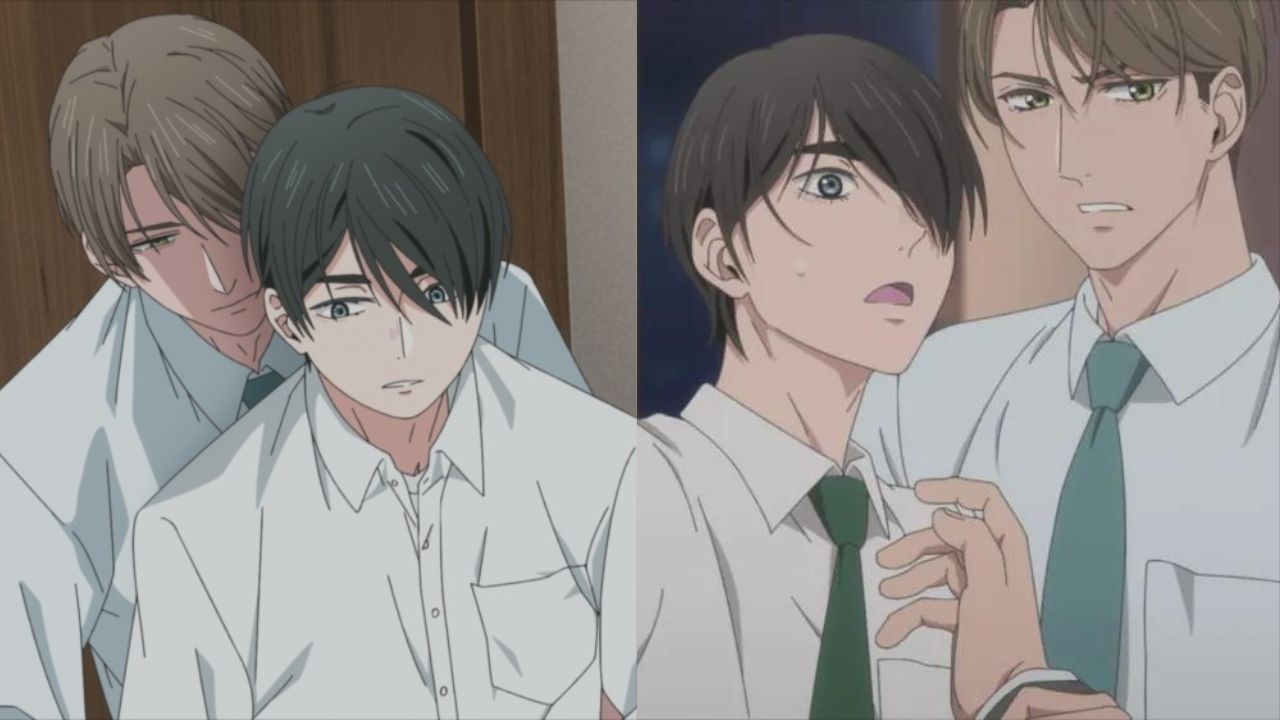
This newfound power reveals that his popular colleague, Kurosawa, harbors deep feelings for him. As Adachi and Kurosawa explore their evolving relationship, the series explores their humorous adventures and the complexities of falling in love.
Ideal for fans of romantic comedies, Cherry Magic promises a charming and entertaining watch with its sweet main couple and comedic elements.
4) Paradise Kiss
Paradise Kiss, based on Ai Yazawa’s manga, is a 2005 anime that explores the world of fashion and features a diverse range of LGBTQ+ characters.
The story follows Yukari Hayasaka, a high school student whose perspective on fashion design shifts dramatically after encountering the dedicated and talented group known as Paradise Kiss.
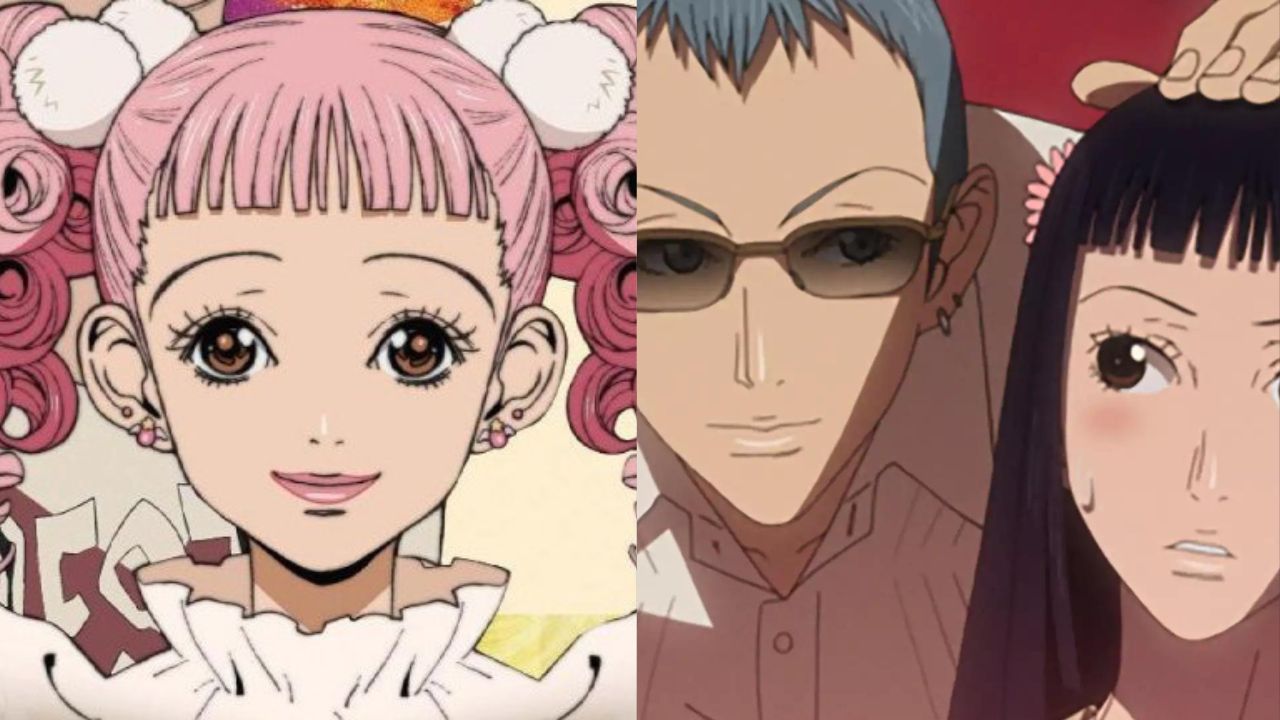
Led by characters like the bisexual George and the transgender Isabella, the anime explores themes of identity, creativity, and personal growth within the fashion industry.
For those fascinated by fashion and interested in a compelling coming-of-age story with LGBTQ+ representation, Paradise Kiss offers an immersive and enriching viewing experience.
5) Wandering Son
Wandering Son, adapted from Takako Shimura’s manga, stands out in anime for its sensitive portrayal of transgender individuals a topic often overlooked in mainstream media.
The series centers on Shuichi and Yoshino, two young characters exploring their identities amidst the complexities of adolescence.
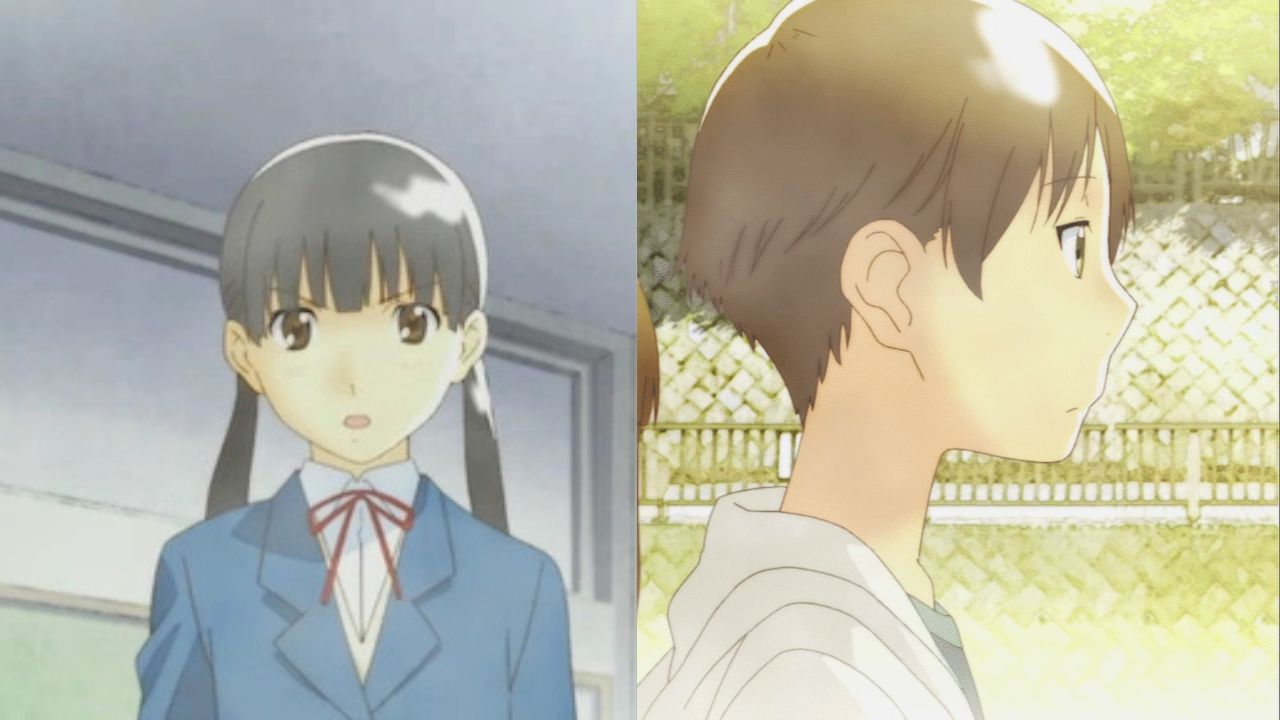
Shuichi, assigned male at birth but identifying as female, and Yoshino, assigned female but identifying as male, confront societal expectations, gender dysphoria, and the challenges of coming to terms with their true selves.
Wandering Son offers a poignant exploration of their journey and relationship, shedding light on the often misunderstood experiences of transgender youth with depth and compassion.
6) Doukyuusei
Doukyuusei, known as Classmate, is a heartwarming 2016 movie adapted from Asumiko Nakamura’s manga, offering a visually striking art style and a tender romance between two high school boys.
The anime centers on Rihito Sajo and Hikaru Kusakabe, who develop a deep bond and romantic connection despite their contrasting personalities within an all-boys school setting.

Doukyuusei charms viewers with its portrayal of love blossoming between two individuals from different backgrounds, making it an ideal choice for those seeking a touching and beautifully animated story of teenage romance.
7) Bloom Into You
Adapted from Nio Nakatani’s Yuri manga, the 2018 anime series focuses on the evolving relationship between Yuu Koito and Touko Nanami.
Yuu, who has never experienced romance, initially believes Touko shares her disinterest, but their bond deepens as Touko reveals her feelings.
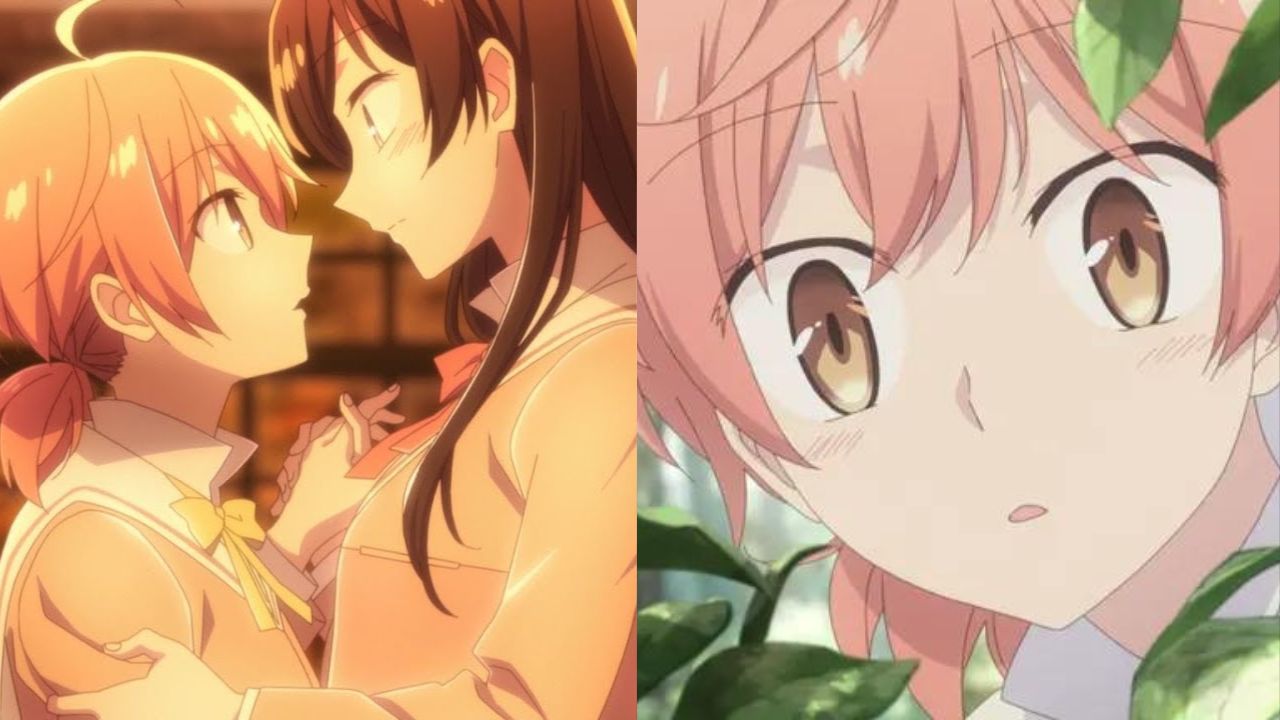
As Yuu grapples with her own uncertainties about love, their journey unfolds realistically and tenderly, portraying a heartfelt high school story in the Yuri genre.
The series is celebrated for its authenticity and depth, capturing the complexities of young love and personal growth amid a backdrop of emotional honesty and genuine connection between its characters.
8) Sasaki to Miyano
Sasaki to Miyano, adapted from Sho Harusono’s manga, is a delightful anime catering to fans of heartwarming fluff.
The series revolves around Miyano, a first-year high school student who identifies as a fudanshi (someone who enjoys boys’ love content) but isn’t romantically interested in boys himself.
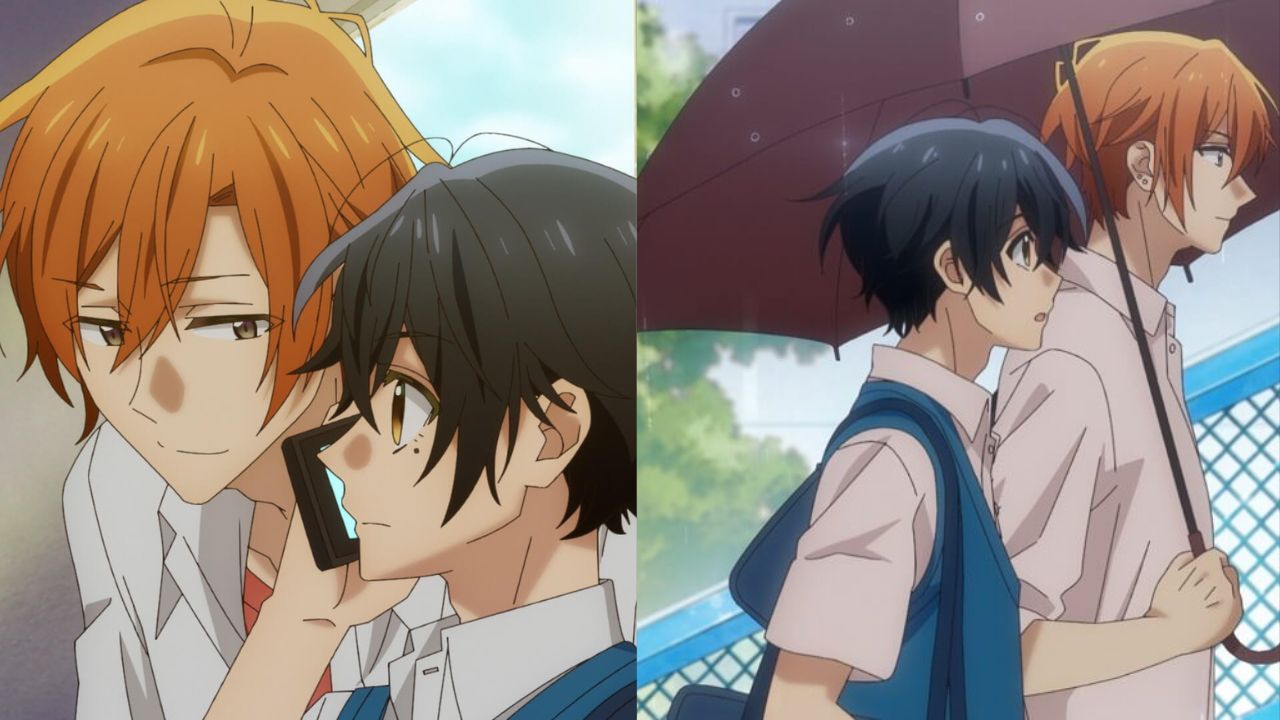
When his cool and popular senior, Sasaki, unexpectedly confesses his feelings, Miyano finds himself questioning his own feelings and assumptions.
Filled with charming side characters and an endearing storyline, Sasaki to Miyano promises to uplift viewers with its sweet and entertaining story.
Additionally, there’s a movie continuation that follows the anime series, offering fans more of the enjoyable dynamic between Miyano and Sasaki.
9) Given
Based on Natsuki Kizu’s manga, Given stands out as a remarkable BL series renowned for its emotional depth and compelling story.
The story revolves around Mafuyu and Ritsuka, members of the same band whose relationship evolves from friendship to a heartfelt romance, despite Ritsuka’s initial lack of romantic experience.
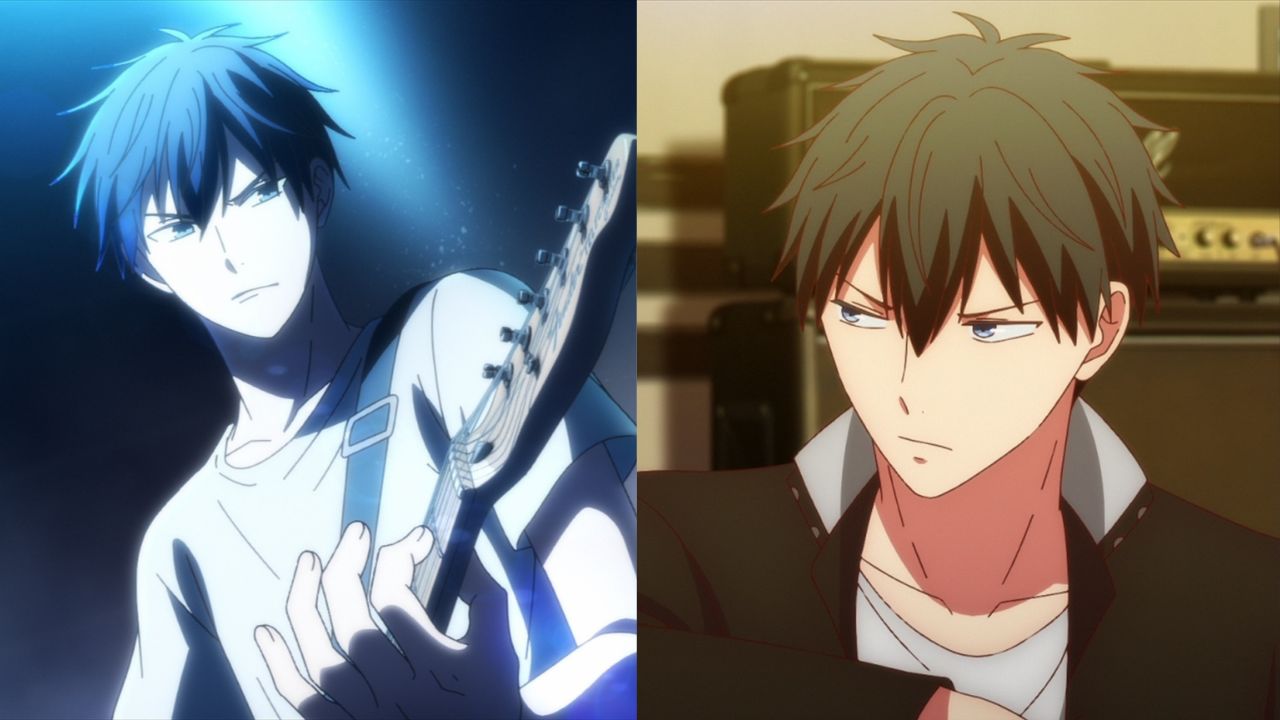
Alongside their journey, the series explores the budding relationship between bandmates Haruki and Akihiko, adding layers of complexity and emotion.
With its blend of tragic backstory and themes of second chances in love, Given charms viewers with its poignant storytelling and memorable characters, making it a standout in the genre.
10) Yuri on Ice
Yuri on Ice has gained immense popularity as an anime that blends the world of figure skating with a subtle yet deeply affectionate love story.
It follows Yuri Katsuki, a Japanese figure skater who forms a close bond with his mentor, Victor Nikifrov, during their training together.
Their relationship, filled with moments that suggest romance and affection, resonated strongly with audiences despite the anime leaving their exact status ambiguous by the end.
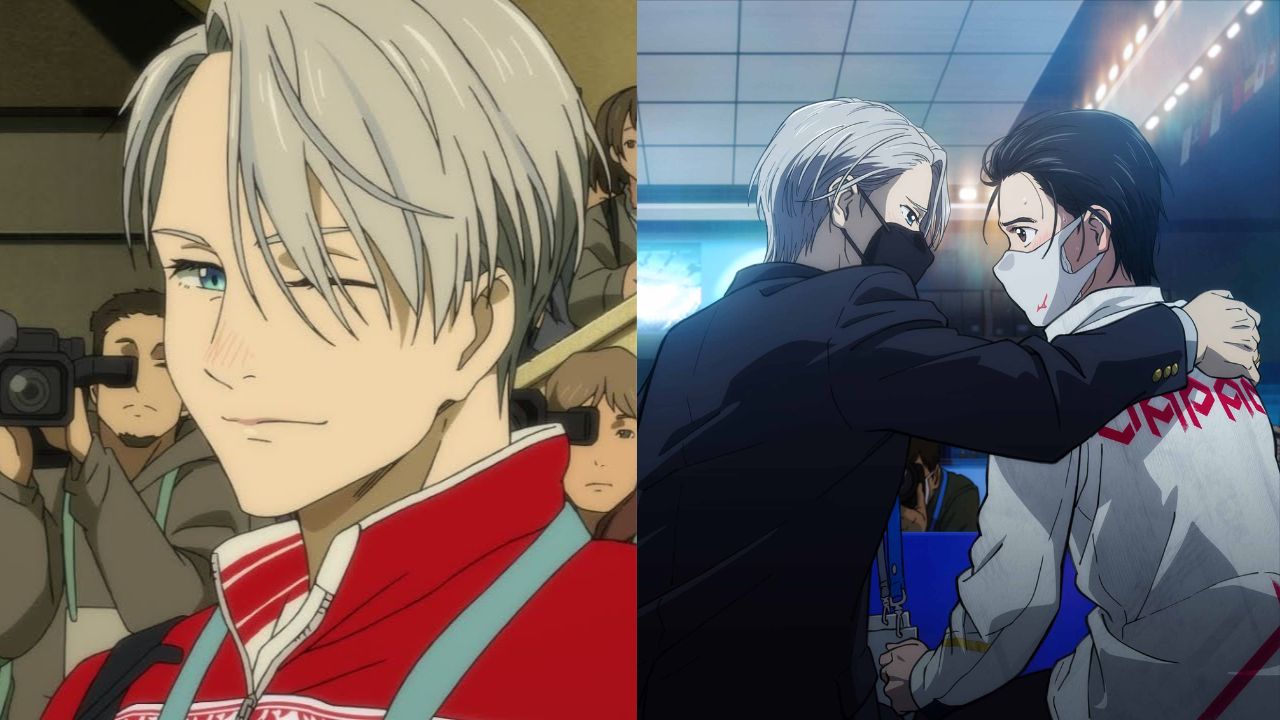
The symbolic exchange of rings between Yuri and Victor further emphasizes their deep connection. Although fans were disappointed when MAPPA canceled the planned Yuri on Ice movie after years of anticipation.
The series continues to be celebrated as one of the most popular BL stories, admired for its portrayal of love, ambition, and personal growth in the competitive world of figure skating.
11) The Stranger By The Shore
This heartfelt hour-long film tells the story of Mio and Shun, focusing on their evolving romantic relationship over several years.
It explores their journey from initial meeting to overcoming personal struggles like Shun’s internalized homophobia and family issues.
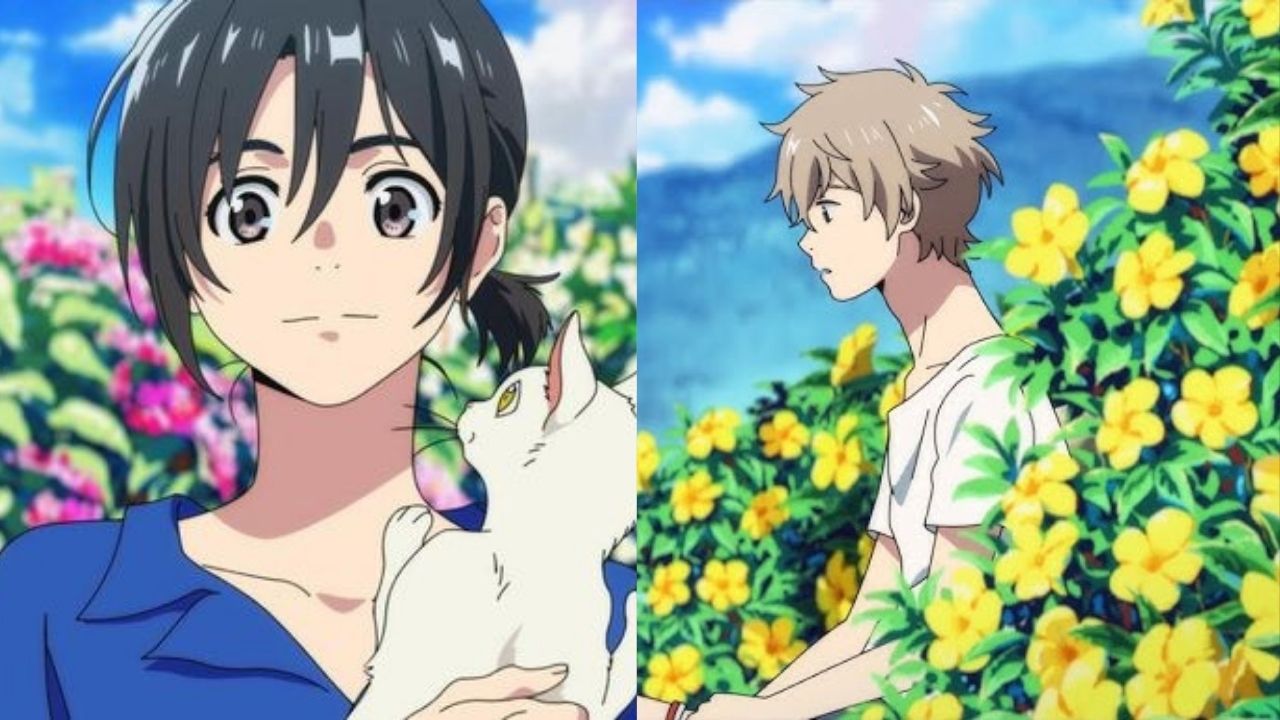
The story unfolds with a gentle pace, allowing ample time for character development and emotional depth.
While the animation lacks flashy visuals, it subtly conveys deep emotions, making the story compelling and engaging. It’s a touching and well-crafted portrayal of love and personal growth.
12) Puella Magi Madoka Magica
Puella Magi Madoka Magica flips the magical girl genre on its head by following Madoka Kaname and her friend Homura Akemi, who become magical girls through a pact with the mysterious Kyubey.
However, their newfound roles involve fighting witches, challenging their expectations. What distinguishes the series is its departure from typical genre norms.
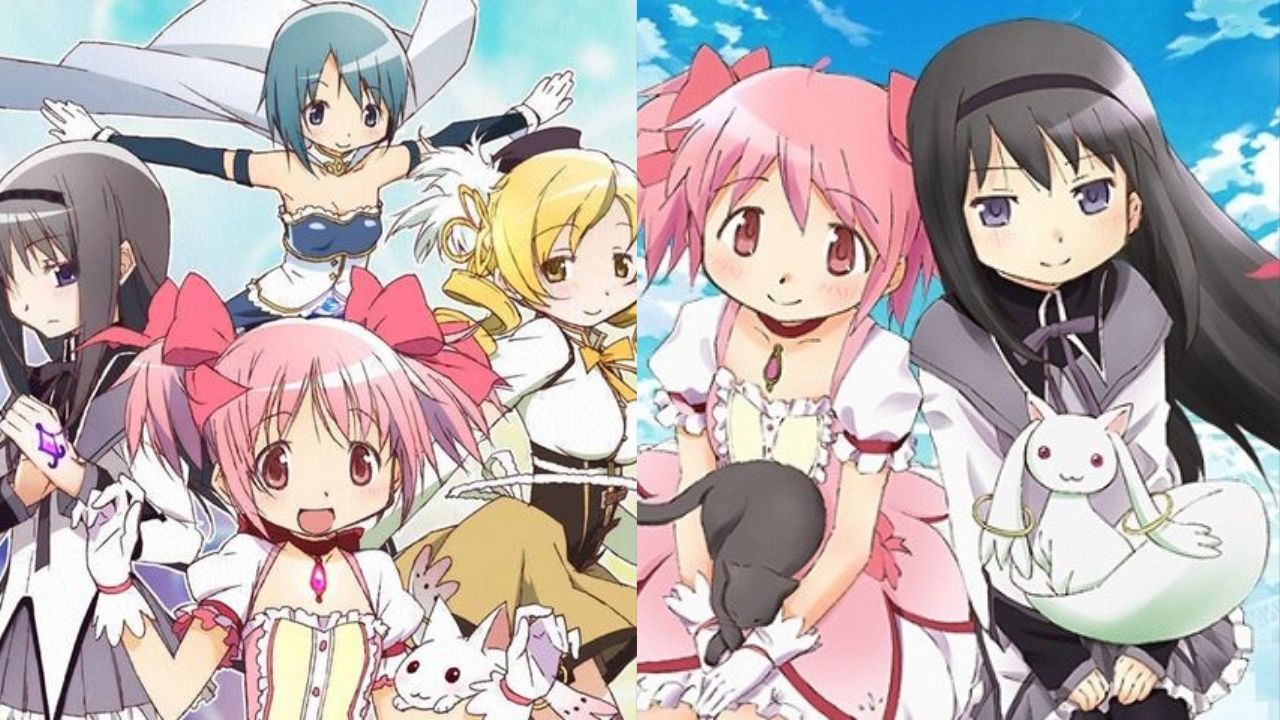
It subtly portrays the relationship between Madoka and Homura as a deep, sapphic bond, emphasized by Homura’s unwavering devotion to Madoka.
Though the series doesn’t explicitly label them as LGBTQ+, their intense connection resonates with viewers, sparking interpretations of queer themes within the story.
13) Yuri Is My Job!
Yuri Is My Job! introduces a new twist to the Yuri genre with a school-themed maid cafe setting that pays homage to Shojo manga tropes.
The story revolves around Hime Shiraki, who joins the cafe despite her lack of experience but wins everyone over with her undeniable charm.
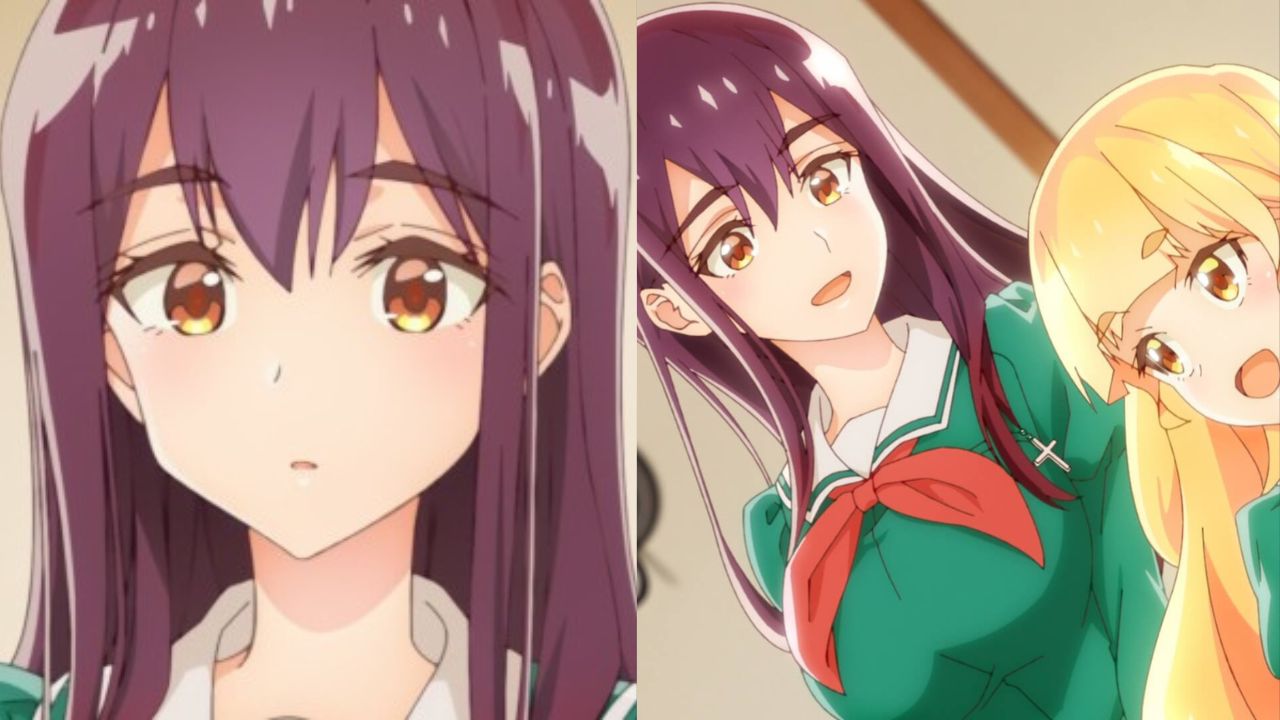
However, Mitsuki remains unaffected by Hime’s appeal, adding a layer of intrigue to their dynamic. The series blends slice-of-life elements with romance, offering a fresh take on workplace comedy.
While it has its flaws, particularly in execution, the unique café backdrop and evolving relationship between Hime and Mitsuki make it a compelling choice for fans seeking a light-hearted and romantic anime experience.
14) Liz and the Blue Bird
Liz and the Blue Bird, a spin-off sequel to Sound! Euphonium, follows Mizore and Nozomi, high school friends and band members preparing for a music competition.
Assigned to perform a duet based on a fairy tale, the film explores their deep friendship and romantic undertones.

It intertwines fairytale elements with the challenges the characters face, presenting a poignant story of aspirations and relationships within the backdrop of a concert band.
The anime delicately portrays themes of mutual admiration and overcoming personal obstacles, making it a hidden gem anime.
15) Junjou Romantica: Pure Romance
Junjou Romantica: Pure Romance is a popular Yaoi anime that explores the romantic lives of three distinct same-sex couples.
Each storyline explores relationships characterized by an age gap, typically featuring an older man with a successful career and a younger partner.
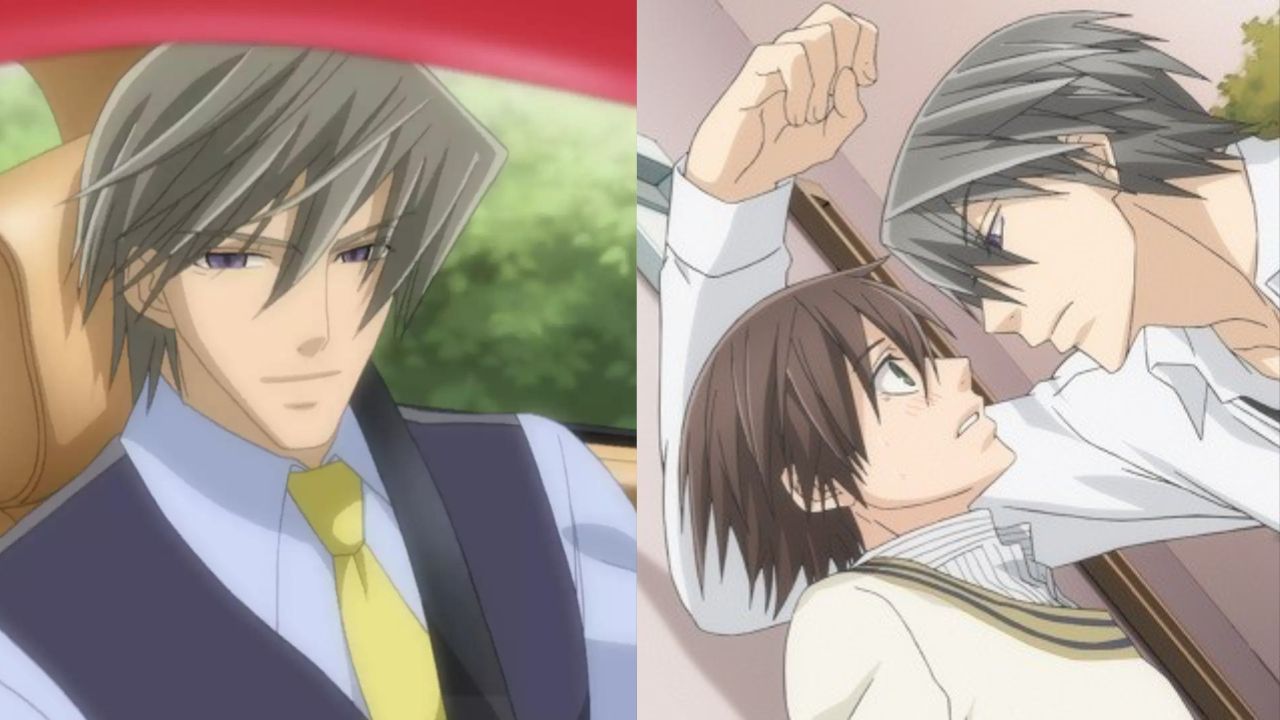
Despite this common theme, the anime distinguishes itself through unique relationship dynamics and intriguing character traits portrayed in each story.
The series is renowned within the Yaoi genre for its exploration of love and intimacy between men, complemented by its successful spin-off anime, Sekaiichi Hatsukoi: The World’s Greatest First Love (2011).
16) Carole & Tuesday
In a futuristic world dominated by AI-generated music, Carole & Tuesday stands out as a compelling anime centered around two young women, Carole and Tuesday, who bond over their shared love for creating music.
Their journey unfolds against a backdrop of challenges typical in the competitive music industry, from facing off against rival musicians to grappling with societal reliance on artificial intelligence.
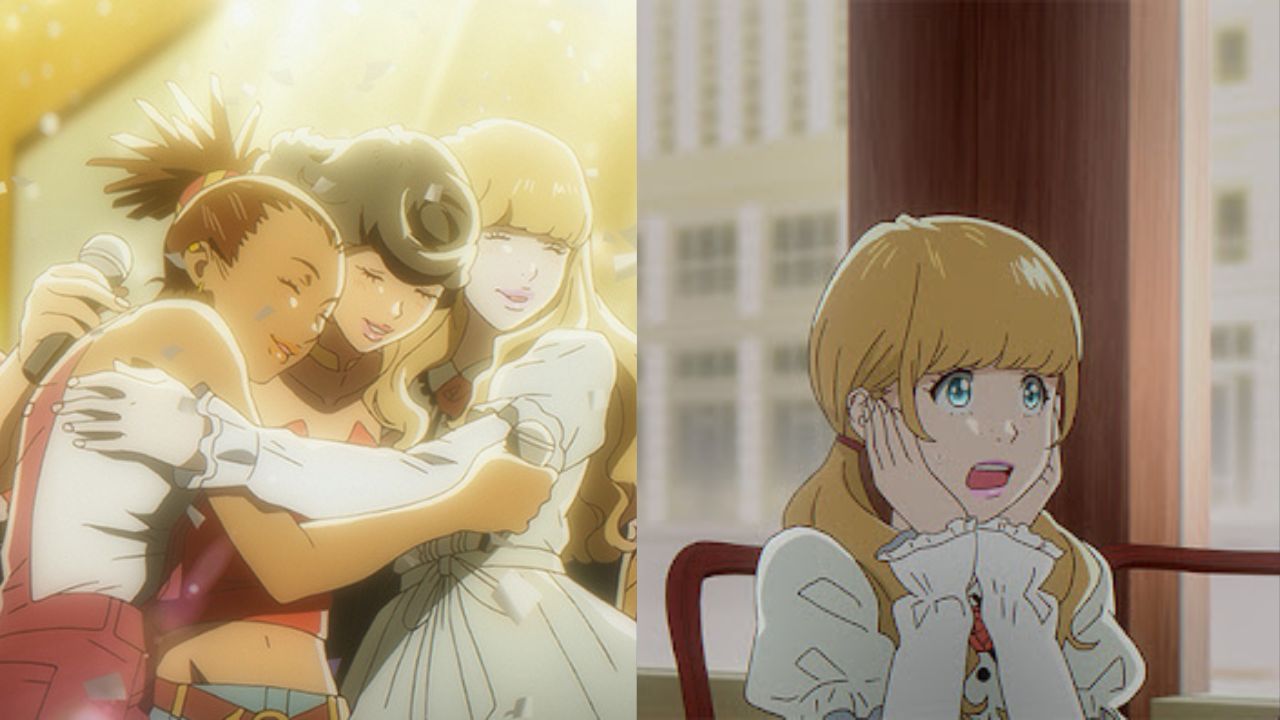
What sets Carole & Tuesday apart is its fusion of music, sci-fi elements, and thoughtful social commentary.
It not only showcases a diverse cast of characters, including LGBTQ+ individuals depicted positively but also tackles sensitive issues such as discrimination with empathy and understanding, making it a standout series in its genre.
17) Tokyo Godfathers
Tokyo Godfathers is a poignant story following three homeless individuals who stumble upon an abandoned baby in Tokyo on Christmas Eve.
Their journey to reunite the infant with her parents becomes a catalyst for them to confront their own pasts and challenges.
Unlike Satoshi Kon’s previous works, the film grounds itself in themes of family, redemption, and the profound connections that define human existence.

Tokyo Godfathers is celebrated for its animation, richly developed characters, and profound emotional resonance, cementing its status as a classic in Japanese animation.
While the film’s central story doesn’t focus on LGBTQ+ themes, it notably includes a transgender character portrayed with sensitivity and depth, showcasing her as a fully realized individual with her own story and motivations.
18) Heavenly Delusion
Heavenly Delusion unfolds in a post-apocalyptic Japan where a young boy explores a world divided between a thriving Tokyo and a perilous outside filled with monsters.
The anime explores themes of identity and gender, challenging conventional norms by leaving characters’ biological sexes ambiguous and exploring gender in a nuanced manner.
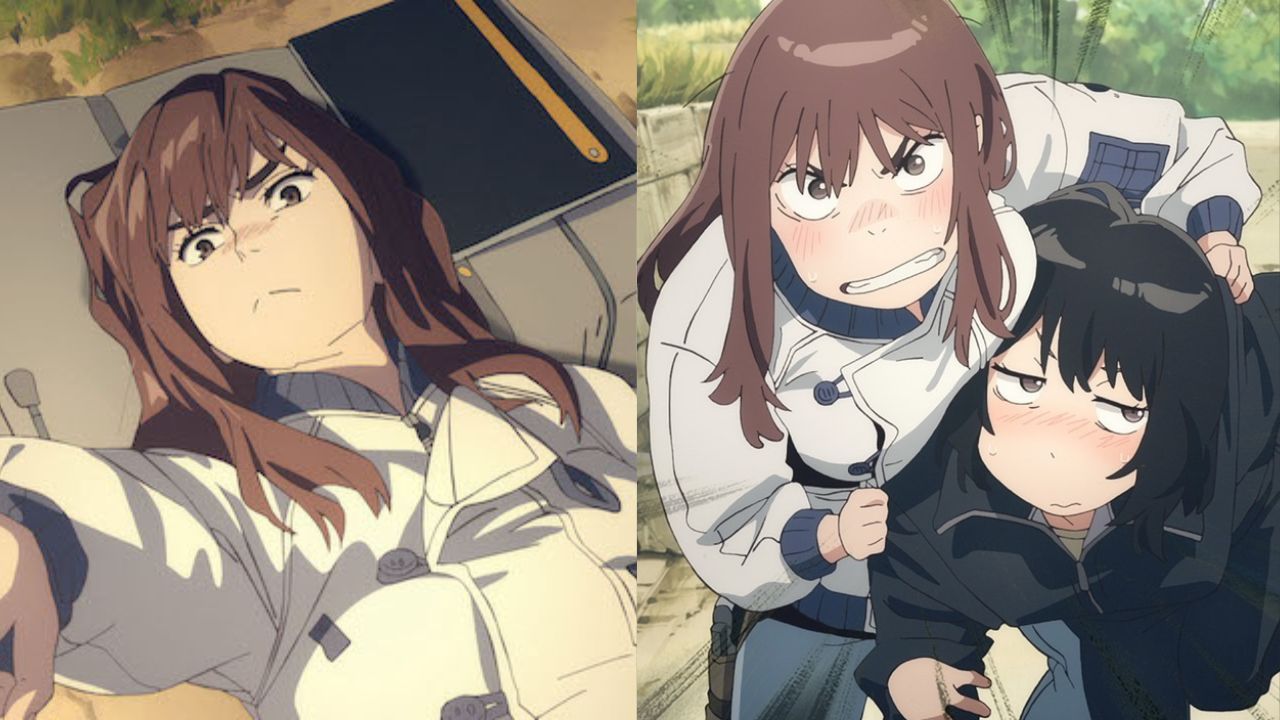
What sets it apart is its portrayal of characters undergoing gender-related revelations without conforming to stereotypical expectations, emphasizing their authenticity and personal growth amidst the chaos of their quest for paradise.
The series not only charms with its monster-centric plot but also provokes thought on societal perceptions of gender, making it a unique addition to the anime.
19) Revolutionary Girl Utena
Revolutionary Girl Utena stands as a seminal anime series that not only redefined the shoujo and magical girl genres but also boldly addressed LGBTQ+ themes and feminist perspectives.
The story centers on Utena Tenjou, a girl determined to embody the role of a prince, exploring her path through a surreal and symbolic world.
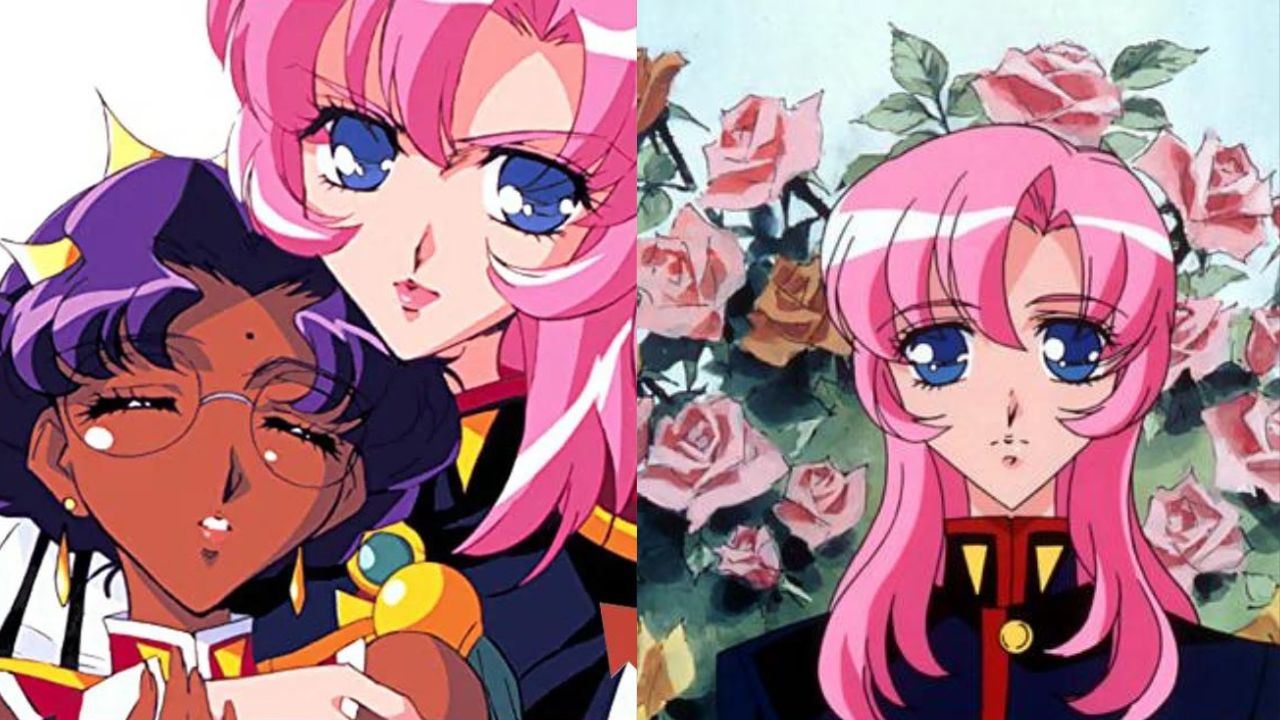
This ’90s fantasy anime broke new ground by portraying characters who are explicitly or implicitly queer, including Utena herself, while delving into complex themes of power dynamics in relationships and the condemnation of toxic behaviors.
Through its innovative storytelling and exploration of gender identity and sexuality, Revolutionary Girl Utena remains a cornerstone in anime history for its progressive representation and story depth.
20) Banana Fish
In the gritty urban area of New York City, Banana Fish diverges from typical high school settings to explore mature themes.
The anime follows Ash Lynx and Eiji Okumura as they explore a complex web of mysteries surrounding Banana Fish, a term tied to Ash’s traumatic past.
At its heart, the series explores the evolving relationship between Ash and Eiji, which though not explicitly romantic, brims with profound emotional depth and mutual care.

Banana Fish also features a diverse array of queer characters like Blanca, Ash’s mentor, and Yut-Lung, who strategically uses his sexuality as a tool.
Through its portrayal of these characters and their intersecting lives, the anime weaves a compelling story that grapples with identity, trauma, and the bonds that transcend conventional boundaries.
21) Tadaima, Okaeri
Welcome Home, debuting in the Spring 2024 anime season, introduces viewers to the unique Omegaverse concept through a heartwarming story.
Unlike typical adult-oriented Omegaverse stories, this series centers on Masaki and Hiromu, a married couple exploring parenthood in a world where gender classes define reproductive roles.
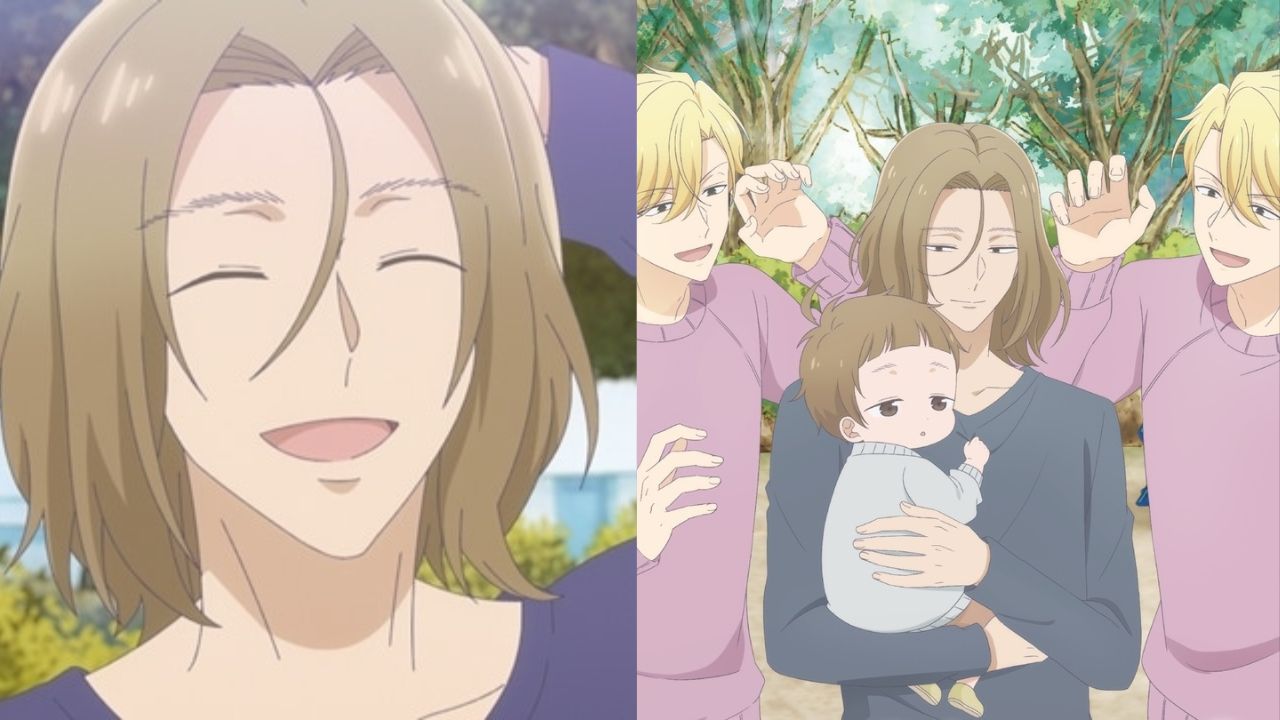
Alphas can impregnate both men and women, while Omegas have the capacity to conceive regardless of their gender.
Through Masaki and Hiromu’s story, Welcome Home explores themes of discrimination and acceptance, offering a wholesome slice-of-life portrayal that balances everyday challenges with socially pertinent issues.
22) Nekopara
Nekopara offers lighthearted LGBTQ+ anime content with a blend of ecchi elements that stay within a playful and innocent story framework.
Originating from a visual novel series, it focuses on Kashou, who brings mischievous cat girls into his bakery, La Soleil, where their antics often revolve around playful affection.

While the term Neko suggests both cat-like qualities and homosexual connotations, the series balances these elements with cute, slice-of-life scenarios rather than explicit content.
Fans of Nekopara appreciate its endearing charm and fanservice, though opinions vary widely based on individual preferences for this genre of anime.
23) Antique Bakery
Antique Bakery stands out as a multifaceted success story across various media formats, including anime, live-action TV series, audio drama, and film adaptations.
Created by Fumi Yoshinaga, the series distinguishes itself by blending elements of shonen storytelling with gay characters, a departure from traditional boys’ love manga.
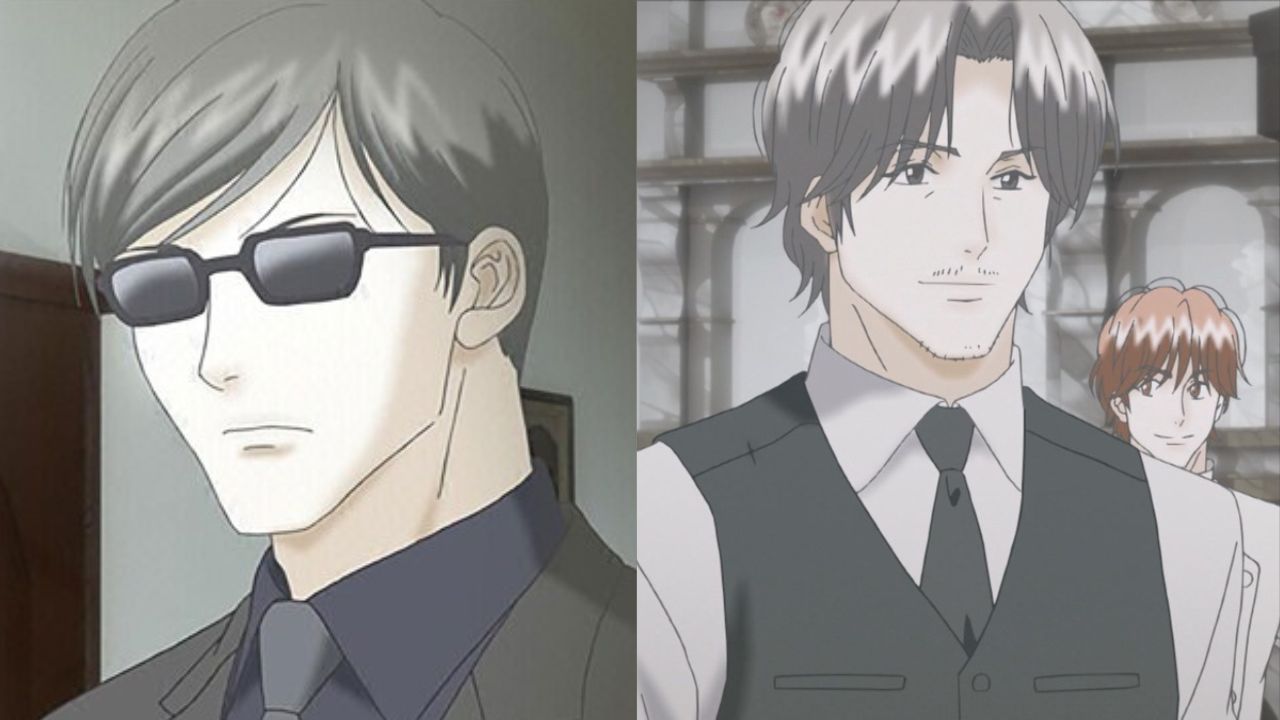
This approach not only enriches the story with a unique vibe but also broadens its appeal beyond typical genre expectations.
Yoshinaga’s intention to portray gay characters within a shonen framework enhances the series’ depth, offering viewers a refreshing and compelling exploration of relationships and personal growth amidst the backdrop of a bakery.
24) Patalliro!
Patalliro! stands as a groundbreaking anime for introducing Shonen Ai to Japanese television, blending comedy and drama seamlessly in a way that defies simple categorization as espionage or slapstick.
Despite its 1980s origins, the series remains relevant today, setting a precedent for subsequent shows featuring gay characters.
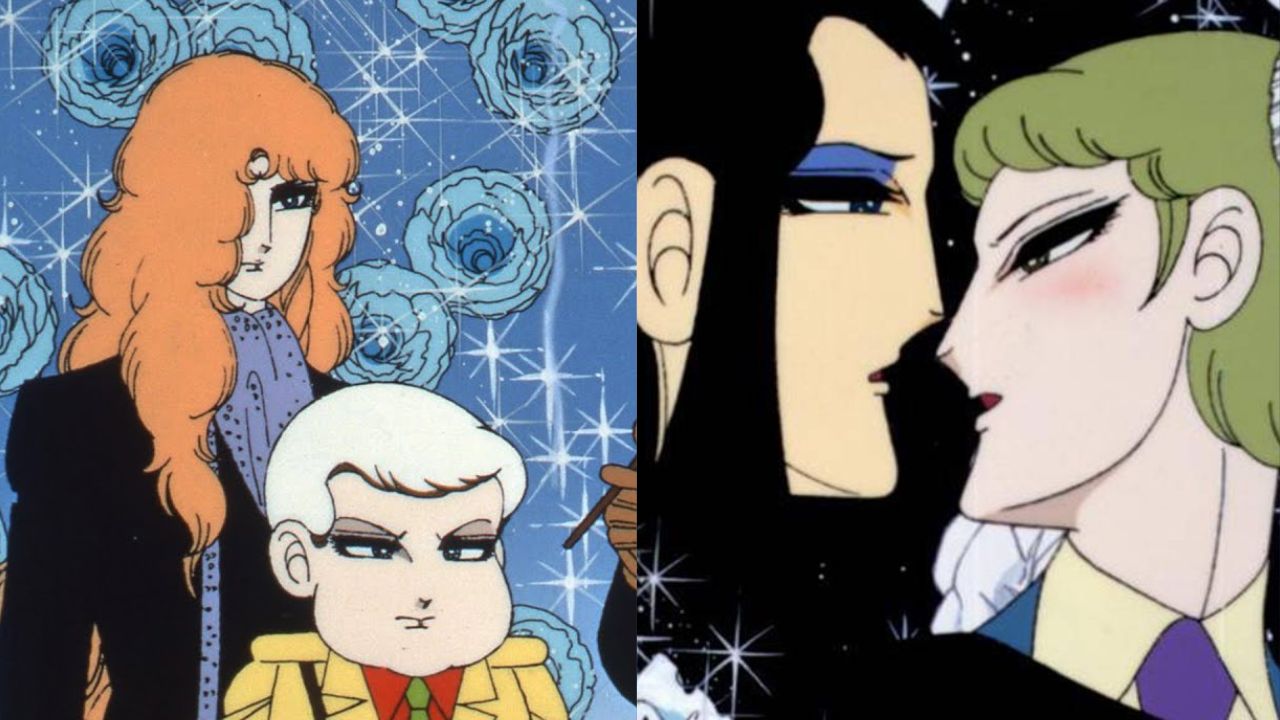
For those interested in exploring even older anime, Princess Knight (Ribbon no Kishi) offers a Peek into transgender themes from the 1950s manga era, depicting a girl with both male and female hearts.
Watching these classics provides a fascinating journey through evolving LGBTQ+ representation in anime, reflecting shifting societal attitudes and storytelling approaches over time.
25) Adachi And Shimamura
Adachi and Shimamura center on the evolving relationship between its titular protagonists, who initially bond over casual activities like table tennis but gradually realize their connection runs deeper.
Positioned as a standout in modern Shojo Ai, the anime delicately portrays the complexities of their budding romance, capturing the nuances and uncertainties that accompany their journey toward understanding their feelings for each other.
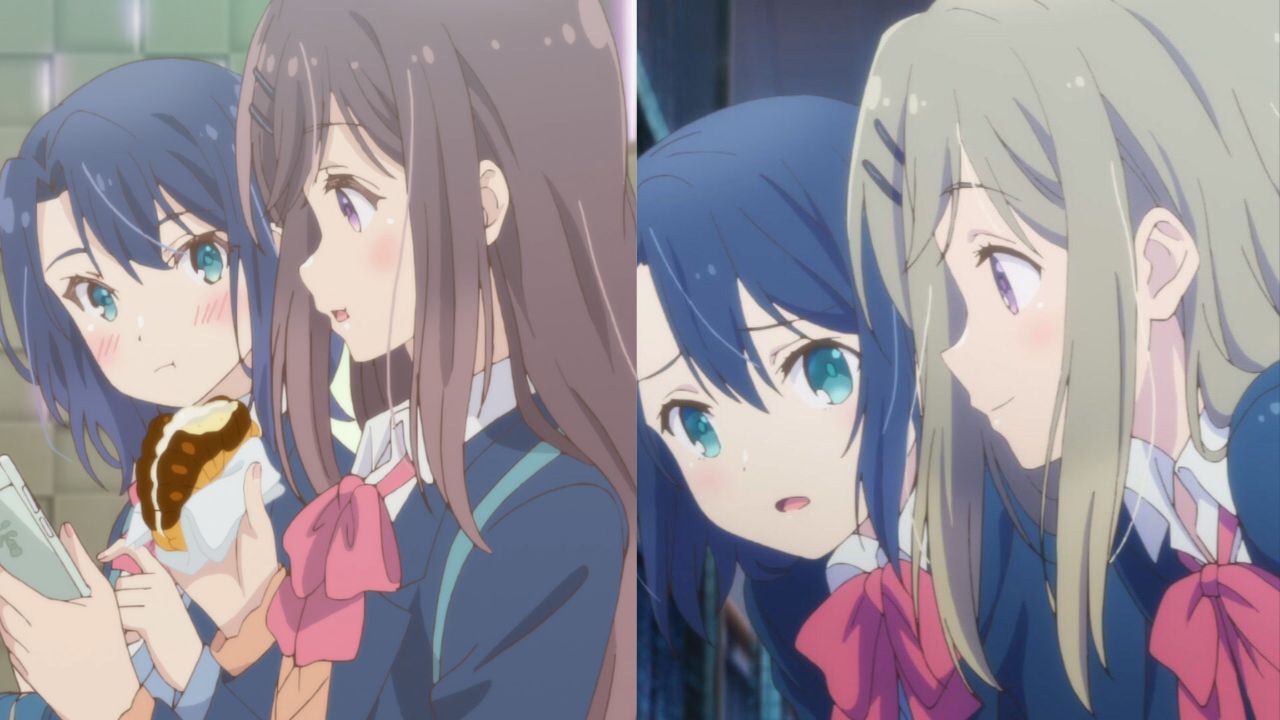
For viewers seeking a compelling lesbian love story, Adachi and Shimamura offers a must-watch story that explores themes of friendship, intimacy, and self-discovery with sensitivity and depth.
26) Beryl And Sapphire
Beryl and Sapphire showcase the rich potential of Chinese anime for LGBTQ+ audiences, distinguishing itself with its format as an ONA (original net animation) with episodes lasting only eight minutes.
These brief segments effectively showcase the protagonists, Beryl and Sapphire, as they explore various film roles while weaving together a compelling overarching story.

The series stands out for its innovative storytelling and genre-blending approach, offering a unique viewing experience that sets it apart from other anime.
27) Ranma ½
Ranma ½ explores themes of genderfluidity through its protagonist’s ability to transform between male and female forms at will, presenting a story that resonates with many viewers.
Despite its age, the series continues to provoke thought and discussion about identity and self-discovery.

Ranma’s journey of acceptance regarding their dual nature, initially seen as a curse but eventually embraced as a part of themselves, underscores the complexity and fluidity of gender representation in anime.
The show’s exploration of these themes has contributed to its enduring appeal and impact on audiences, highlighting the personal growth and understanding that can come from experiencing fictional stories that challenge conventional norms.
28) Land of the Lustrous
Land of the Lustrous stands out for its non-binary representation through its genderless gem characters, reminiscent of the approach seen in Steven’s world.
The rarity of having a majority of main characters referred to with their pronouns in both the original Japanese and the English dub underscores its progressive stance on gender identity.

While the initial ONA adaptation of the manga in 2013 introduced the concept, the full TV series delves deeper into the story, offering a more comprehensive and enriched viewing experience.
The show’s exploration of identity and the complexities of its characters resonates with audiences seeking inclusive and thought-provoking storytelling in anime.
29) Flip Flappers
Flip Flappers subtly explores LGBTQ+ themes through the evolving relationship between Cocona and Papika, which transcends mere friendship.
Their deep connection is evident as they synchronize their emotions to wield their powers effectively.
Episode 7, Pure Component, highlights this bond further when Papika switches between multiple personalities, including a male persona, yet Cocona’s affection remains unwavering regardless of Papika’s presentation.
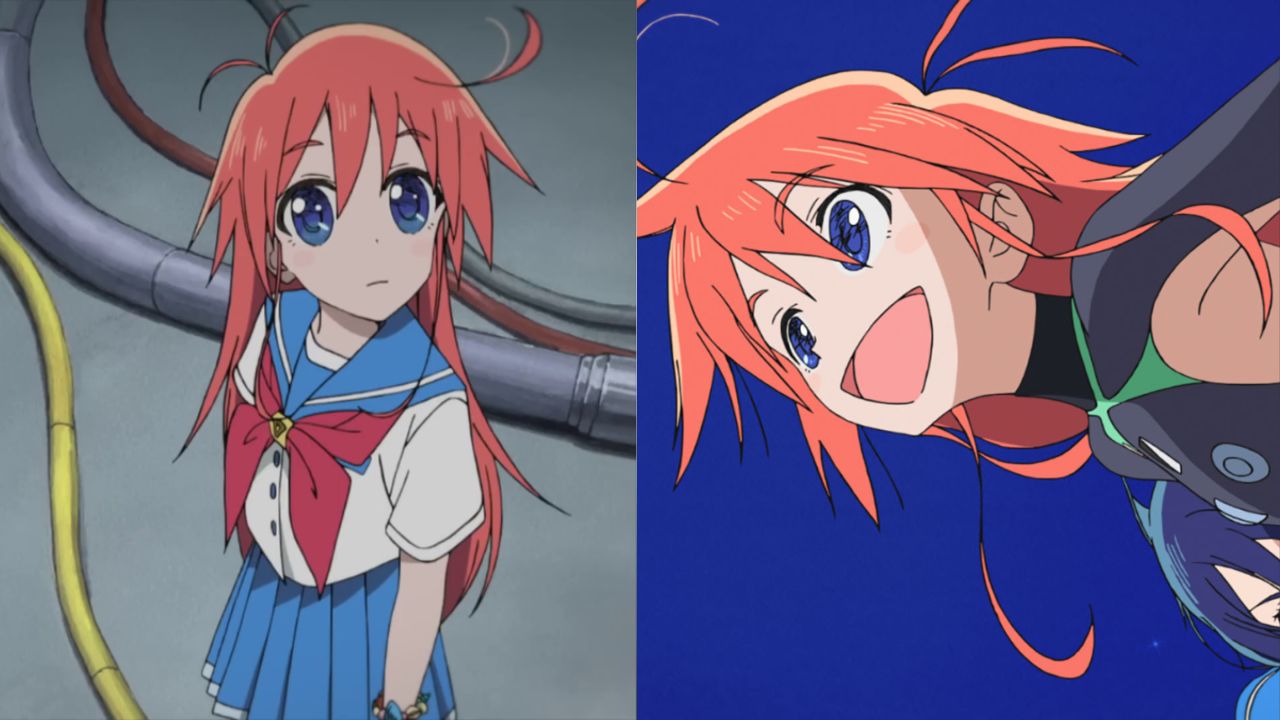
This acceptance resonates with viewers who appreciate the portrayal of relationships that transcend conventional boundaries, making Flip Flappers a compelling watch for those attuned to its nuanced LGBTQ+ undertones.
30) Princess Jellyfish
Princess Jellyfish is a Josei anime centered on Tsukimi and her encounter with the cross-dressing Kuranosuke, whose arrival disrupts the quiet lives of the introverted women in Amamizukan.
The series explores themes of self-discovery and acceptance as Kuranosuke’s presence not only sparks humorous situations but also prompts profound introspection among the characters.
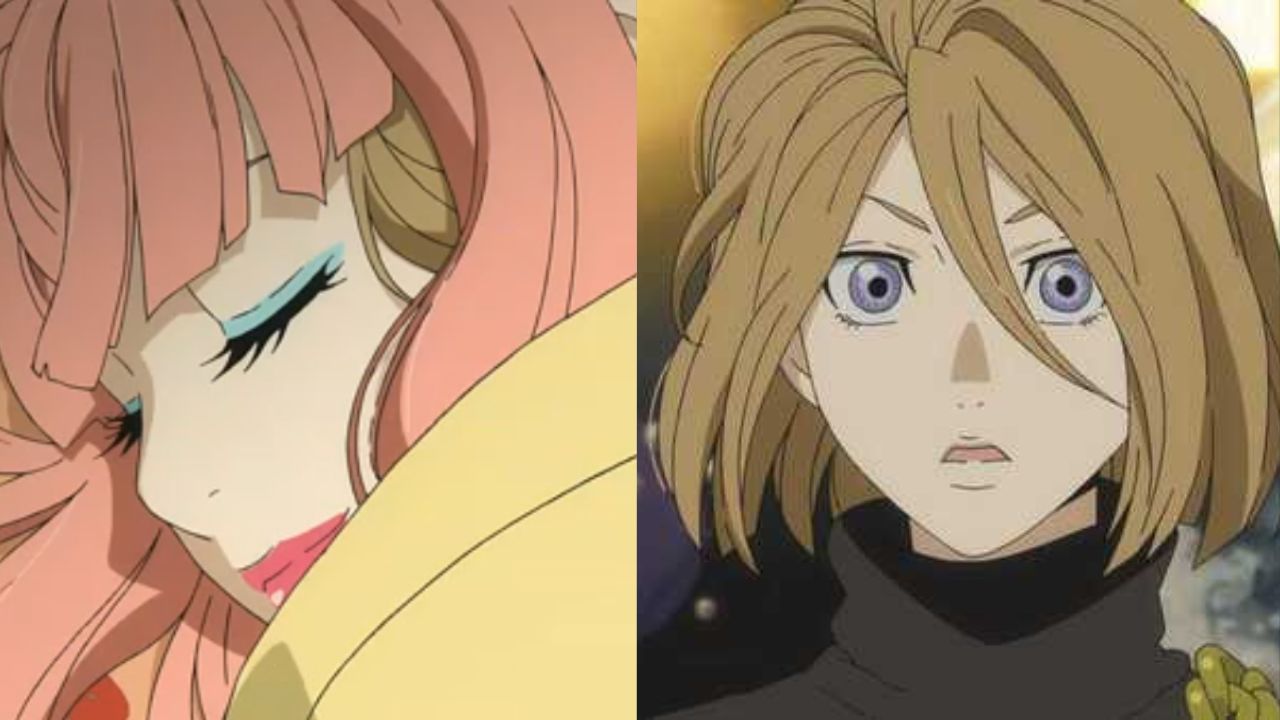
For many viewers, the show resonates deeply due to its exploration of non-neurotypical traits and their potential link to LGBTQ+ identities, highlighting how societal norms can influence individual expression.
Princess Jellyfish offers a unique perspective on personal growth and community bonds, making it a compelling watch for those interested in nuanced portrayals of identity and relationships.
Memes of the Day
Sauce : Pixiv 86001062
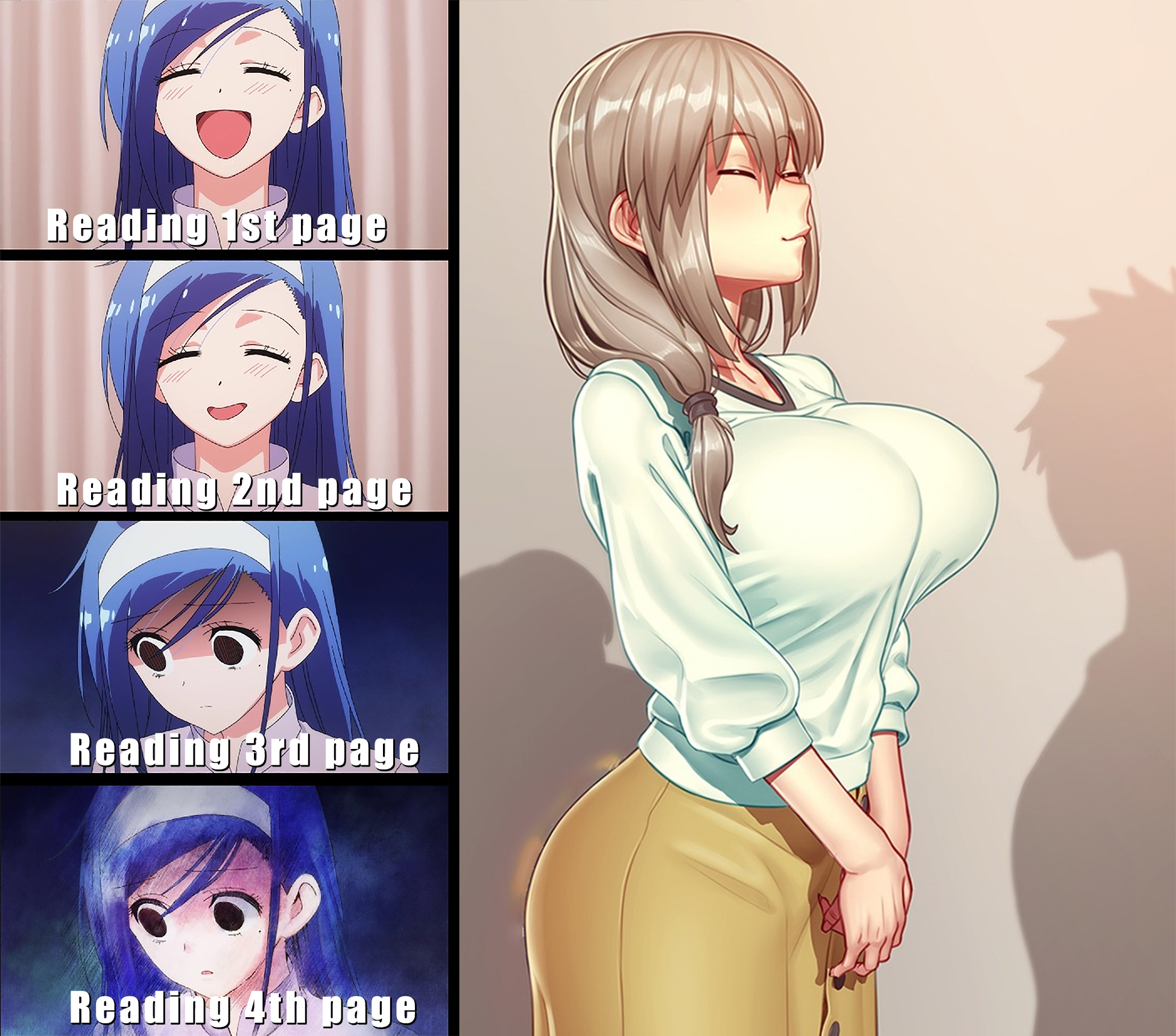
Fugou Ichizoku no Muko ~Tsuma Igai Zenin Ore no Onna~ | I married into a wealthy family

Pixiv 115638104
Pixiv 121448036

Pixiv 121450189

Sauce : Pixiv 121152979
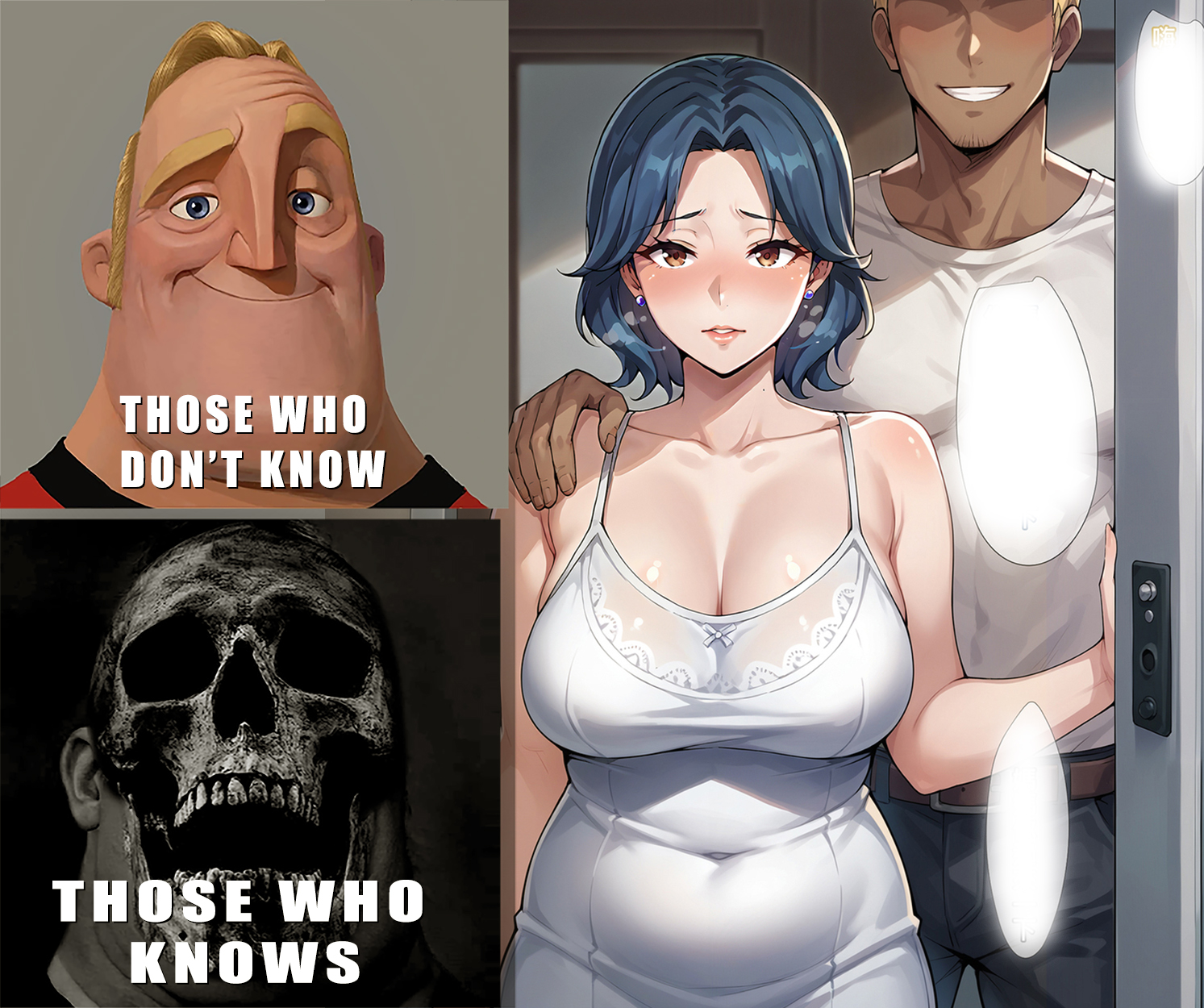
Sauce : Pixiv 119185999

Sauce : Pixiv 111433968
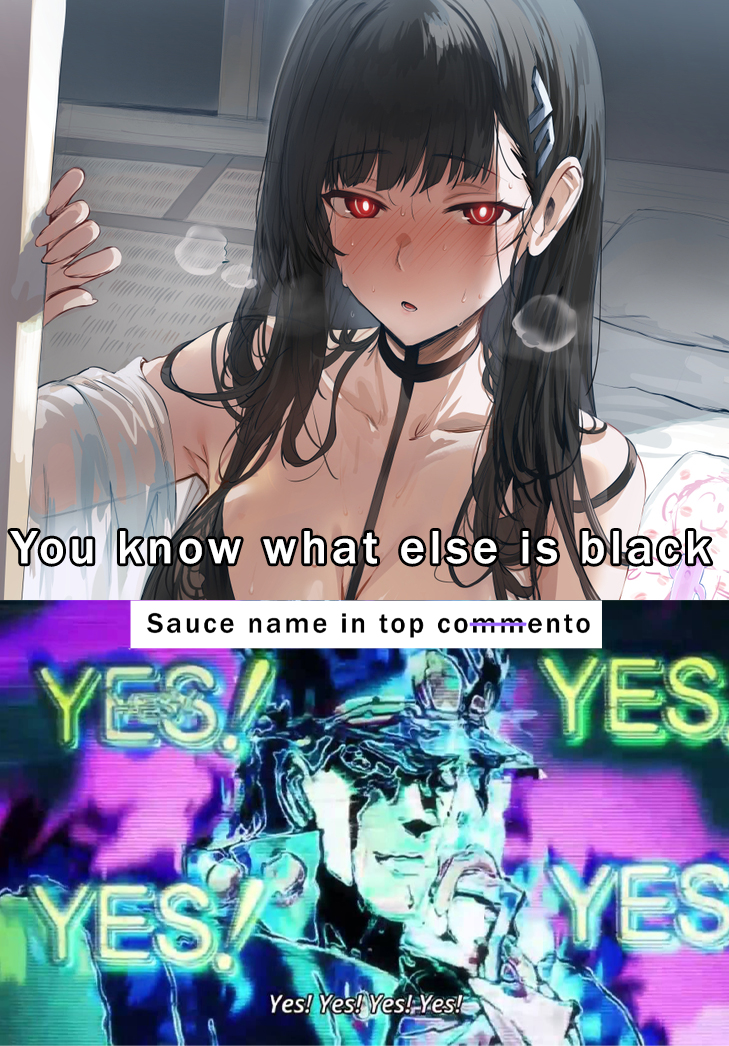
Seisona Miko ni Toritsukeba Ogehinkaika no Oto ga Suru

Sauce : Pixiv 120181320

Sauce : Pixiv 121626173

Sauce Pixiv : 119896650

Mistreated Bride
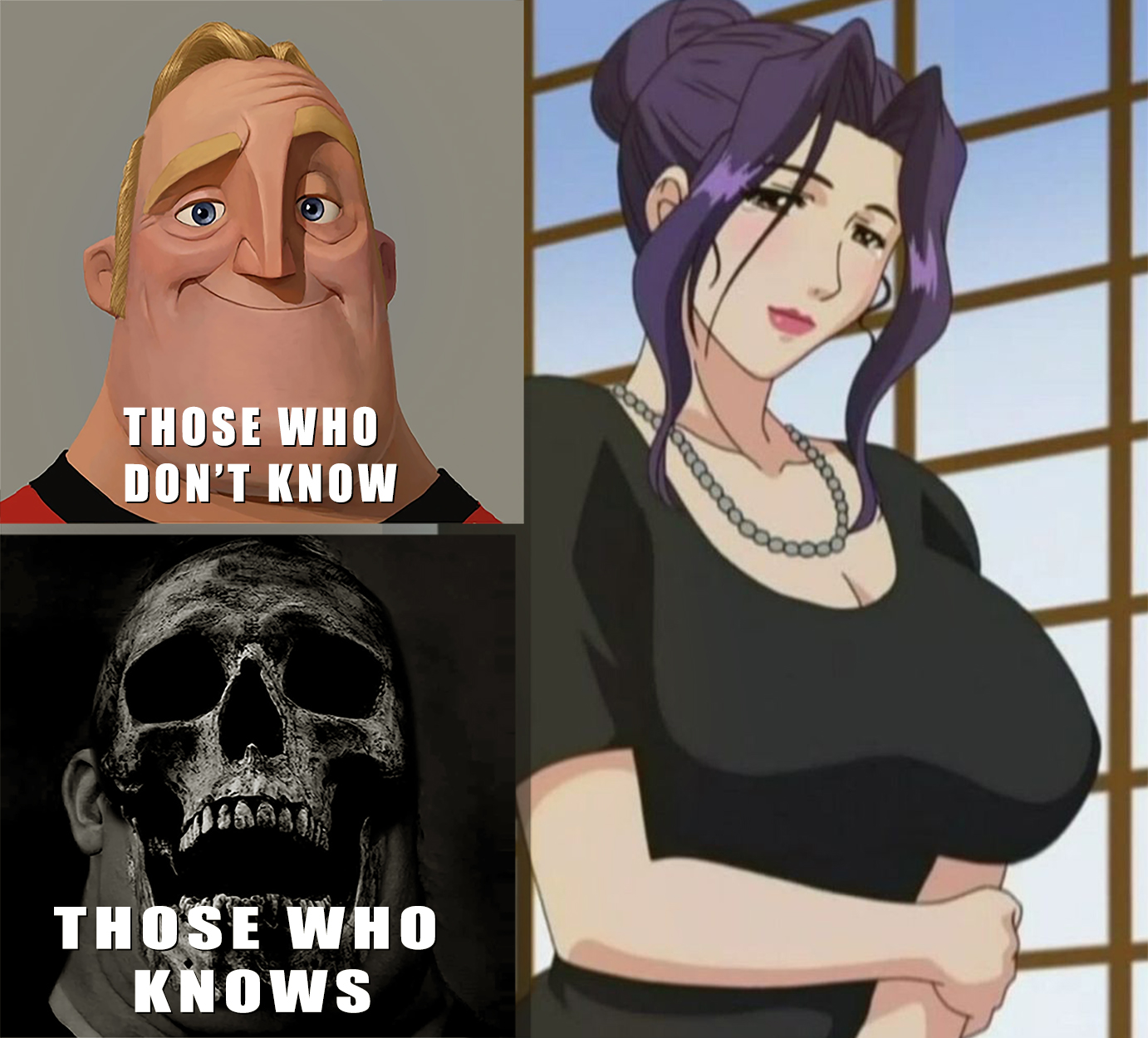
Chaldea Soap 2 Iinari Tsundere Gohoushi Maid

Hontouni Atta! Yuugumo-kata Tanetsuke Harem
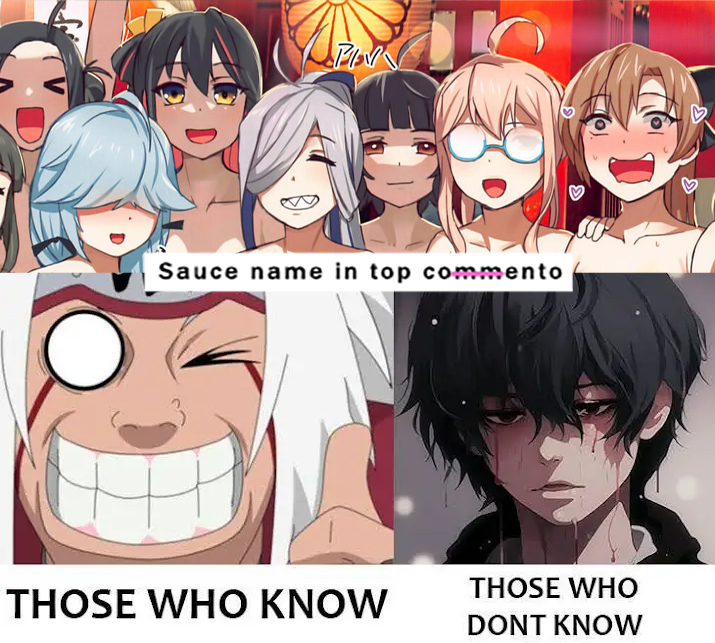
Kaa-chan wa Yopparau to… | When Mom Gets Drunk…

Kansen 2



